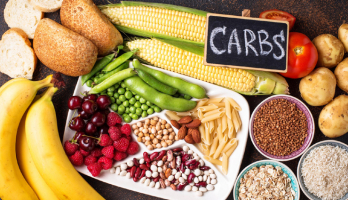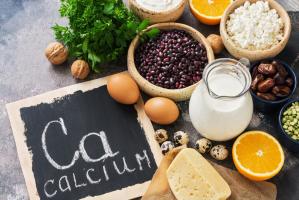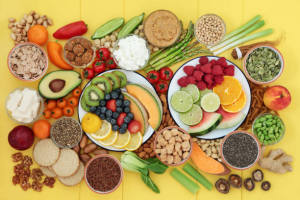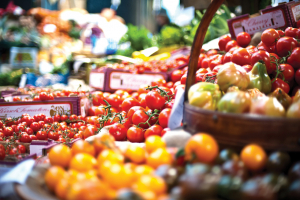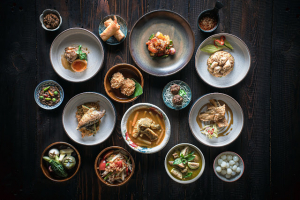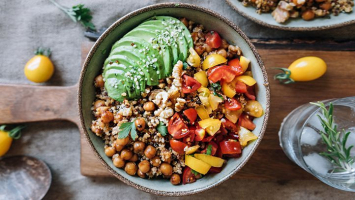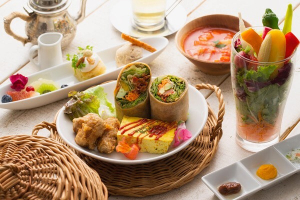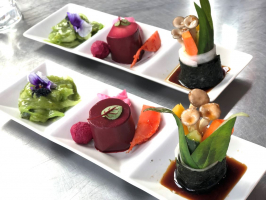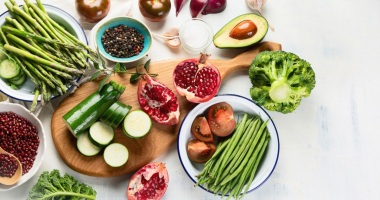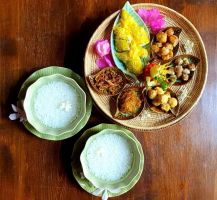Top 10 Vegan Sources of Calcium
In your body, calcium serves important responsibilities. It is renowned for its ability to support and maintain your bones. However, this mineral is also ... read more...necessary for blood pressure control, nerve impulses, and blood clotting. For adults, the Reference Daily Intake (RDI) is 1,000 mg per day. For people over 50 and kids ages 4 to 18, this increases to 1,200 mg. However, a significant portion of people fails to follow these guidelines. Even though many plant foods contain this mineral, many people avoid dairy and animal products. Here are the top calcium-rich vegan foods that you can add to your daily diet!
-
Calcium is naturally abundant in soybeans.18.5% of the RDI is provided by one cup (175 grams) of cooked soybeans, whereas 27.6% is provided by the same amount of immature soybeans or edamame.
This mineral is also abundant in foods made from soybeans, such as tofu, tempeh, and natto. 350 mg of calcium phosphate are found in 3.5 ounces of tofu (100 grams). Additionally, significant levels are found in fermented soybean products like natto and tempeh. Natto has almost twice as much protein as tempeh, which provides 11% of the RDI in a single 3.5-ounce (100-gram) serving. Soy products with little processing are also a great source of fiber, vitamins, and minerals. Additionally, they are one of the few plant foods that are regarded as a complete protein source. That's because soybeans have healthy concentrations of all nine essential amino acids, but most plant foods are lacking in at least one of them.
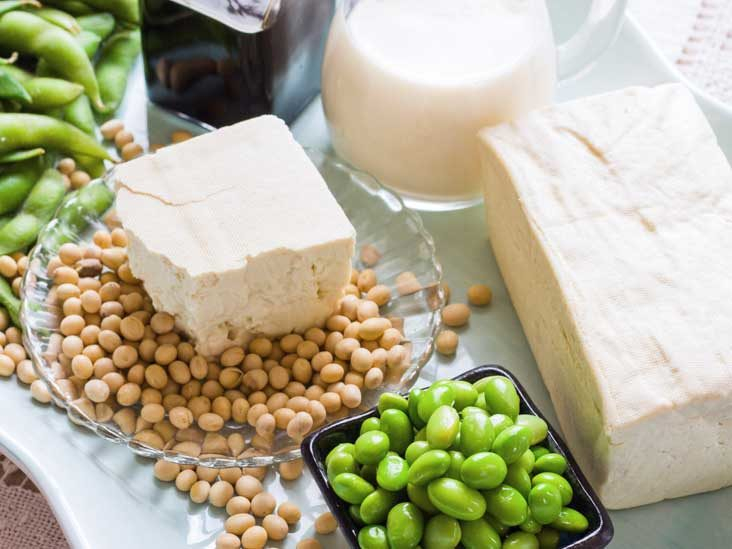
Soy Foods 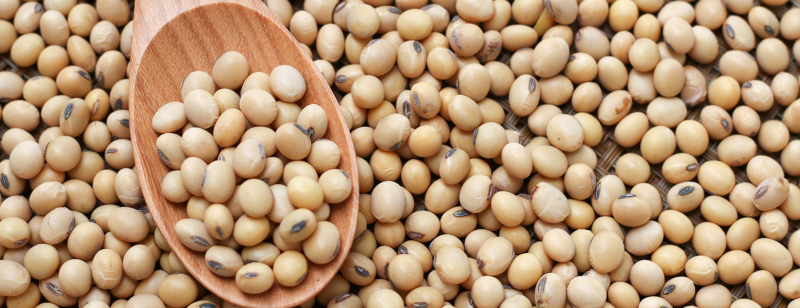
Soy Foods -
Beans and lentils are significant sources of calcium in addition to being high in fiber and protein. The varieties providing the highest levels of this mineral per cooked cup (about 175 grams) include:
- Winged (goa) beans: 26% of the RDI
- White beans: 13% of the RDI
- Navy beans: 13% of the RDI
- Black beans: 11% of the RDI
- Chickpeas: 9% of the RDI
- Kidney beans: 7% of the RDI
- Lentils: 4% of the RDI
Additionally, beans and lentils frequently include high levels of other minerals like iron, zinc, potassium, magnesium, and folate. However, they also include antinutrients like phytates and lectins that interfere with the absorption of other nutrients by your body. Beans and lentils can become more absorbable by soaking, sprouting, and fermenting, which also lowers the antinutrient content of the food. Additionally, eating a lot of legumes lowers LDL (bad) cholesterol and lowers your risk of developing diseases including type 2 diabetes, heart disease, and early death.
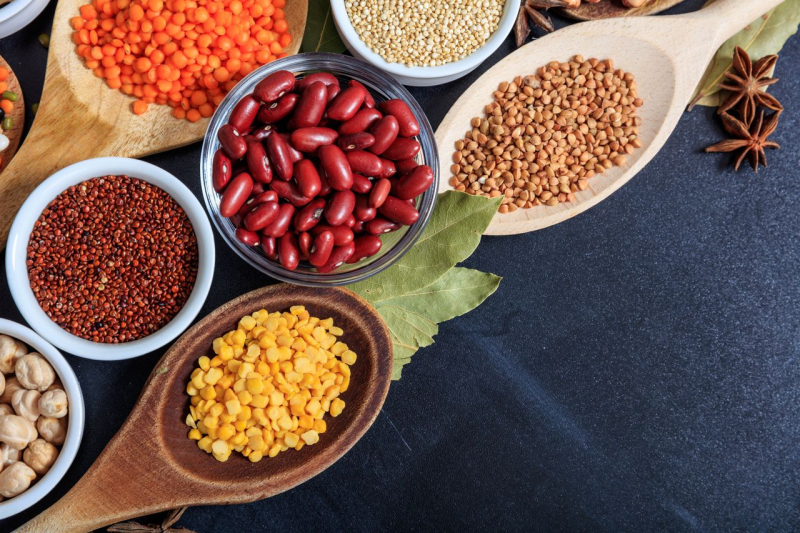
Beans, Peas, and Lentils 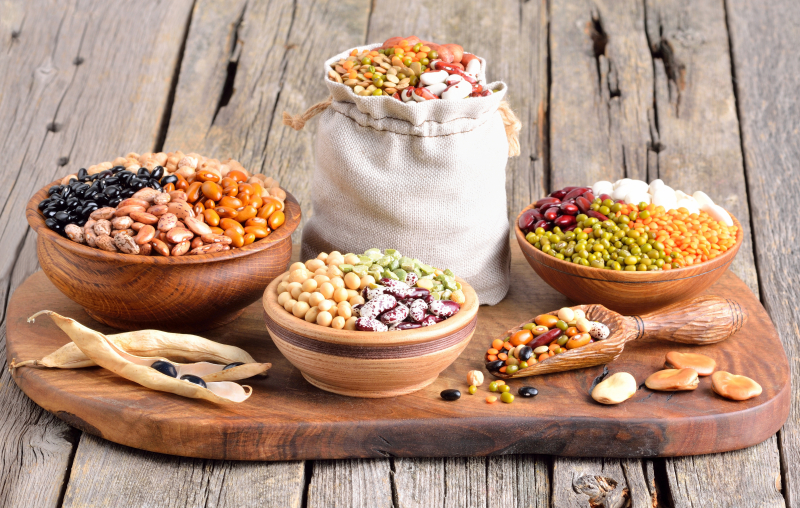
Beans, Peas, and Lentils -
The heart may benefit from eating nuts as part of a balanced diet. In addition to other nutrients, nuts contain unsaturated fatty acids. Additionally, they make excellent portable snacks because they are cheap, convenient to store, and easy to pack.
Almonds are very rich in calcium, providing 97 mg per 1/4 cup (35 grams), or around 10% of the RDI, compared to the small levels found in all other nuts. Walnuts, pistachios, hazelnuts, and macadamia nuts provide between 2-3% of the RDI for the same amount, while Brazil nuts come in second to almonds with about 6% of the RDI per 1/4 cup (35 grams). Nuts are a rich source of protein, fiber, and healthy fats. In addition, they're a good source of B vitamins, magnesium, copper, potassium, selenium, and vitamins E and K. They're also high in antioxidants. Regular consumption of nuts may improve blood pressure, lower risk factors for metabolic diseases like type 2 diabetes and heart disease, and help you lose weight.
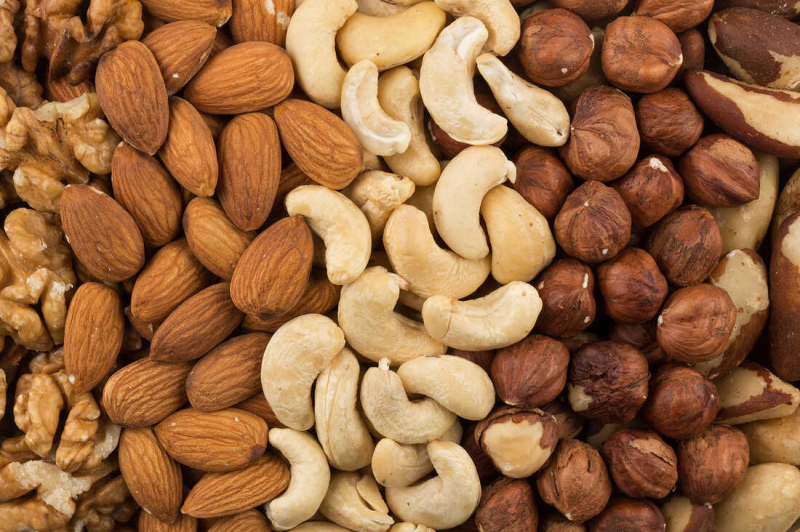
Certain Nuts 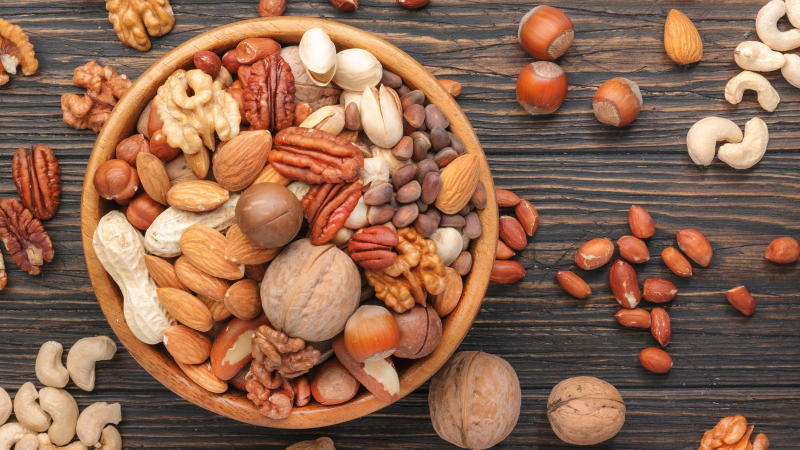
Certain Nuts -
Healthy fats, vegetarian protein, fiber, and antioxidant polyphenols are all found in abundance in seeds. They can also help in lowering the risk of developing certain diseases. Particularly, the lignans in some seeds may reduce blood pressure and the chance of developing cancer.
The amount of calcium that seeds and their butter contain varies depending on the variety. The highest concentration is found in tahini, a sesame seed butter, which has 130 mg (13% of the RDI) per 2 tablespoons (30 ml). In comparision, 2% of the RDI is provided by the same amount (20 grams) of sesame seeds. Chia and flax seeds are other good sources, giving about 5-6% of the RDI in just two tablespoons (20–25 grams). Seeds have been associated with positive health effects like lowered risk factors for heart disease, blood sugar levels, and inflammation. You may easily add seeds to smoothies, yogurt, cereal, and salads as a simple way to boost your intake of beneficial nutrients.
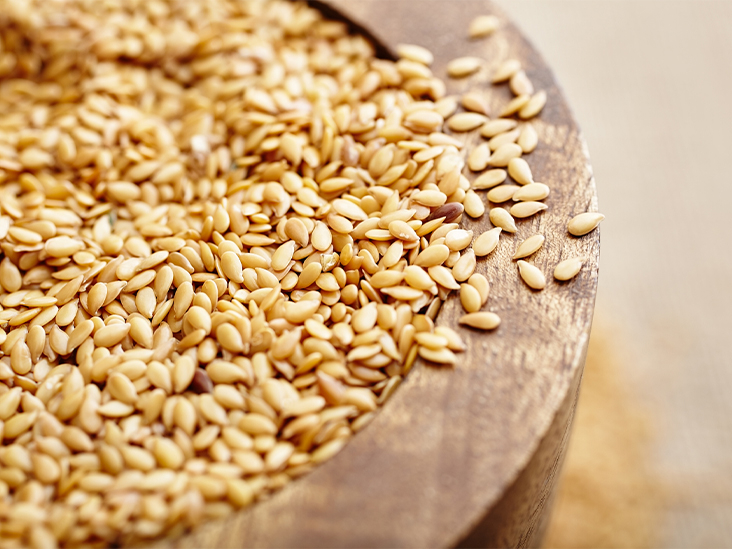
Seeds 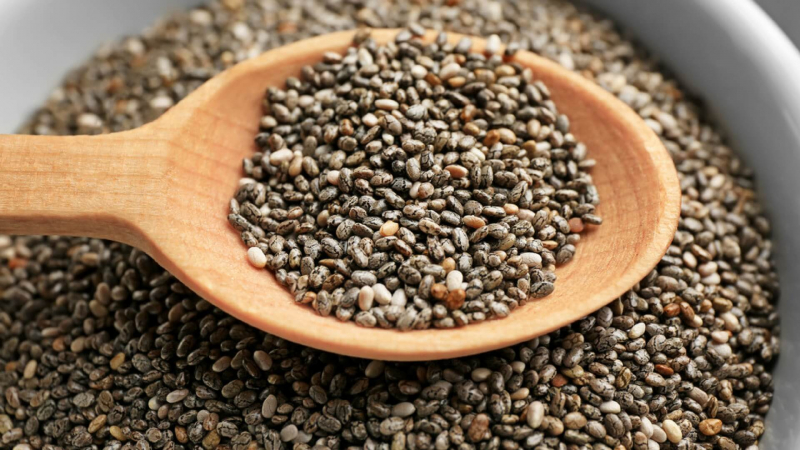
Seeds -
All grains are rich sources of complex carbohydrates as well as some essential vitamins and minerals, but whole grains, which are the healthiest grains, are particularly crucial to a balanced diet. Grains are naturally high in fiber, which makes it easier for you to feel satisfied and full and helps you maintain healthy body weight. Lower risk of heart disease, diabetes, some cancers, and other diseases is also associated with eating whole grains.
Calcium isn't commonly considered to be found in grains. However, some varieties have notable levels of this mineral. For instance, amaranth and teff, two ancient grains free of gluten, offer about 12% of the RDI per cooked cup (250 grams). Both include a lot of fiber and are valuable nutrients. While amaranth offers a simple alternative to rice or couscous, teff can be turned into cereal or added to chili. Both can be used to thicken soups and sauces and can be ground into flour.

Some Grains 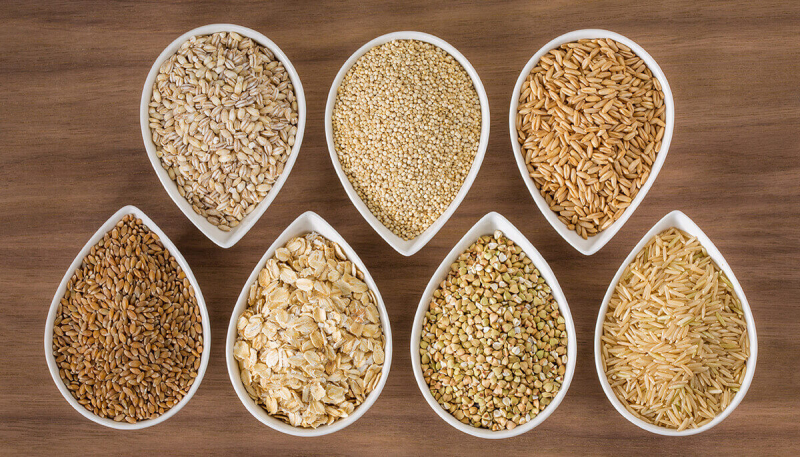
Some Grains -
Another option to consume more calcium is by including seaweed in your diet. In prehistoric times, seaweed was an important part of coastal peoples’ diets. Today, more than 145 varieties are used around the world.
Wakame, a kind that is widely eaten raw, contains about 126 mg, or 12% of the RDI, per cup (80 grams). It is available in sushi restaurants and most Asian shops. An additional preferred choice is kelp, which can be either dried or raw. You can add one cup (80 grams) of raw kelp to salads and main dishes to get about 14% of the RDI. As a seasoning, dried kelp flakes are very useful. Having said that, seaweed could also have a lot of heavy metals in it. Iodine levels in some varieties, like kelp, might be excessively high per serving. Some seaweeds, such as purple laver, contain a good amount of B12 as well.
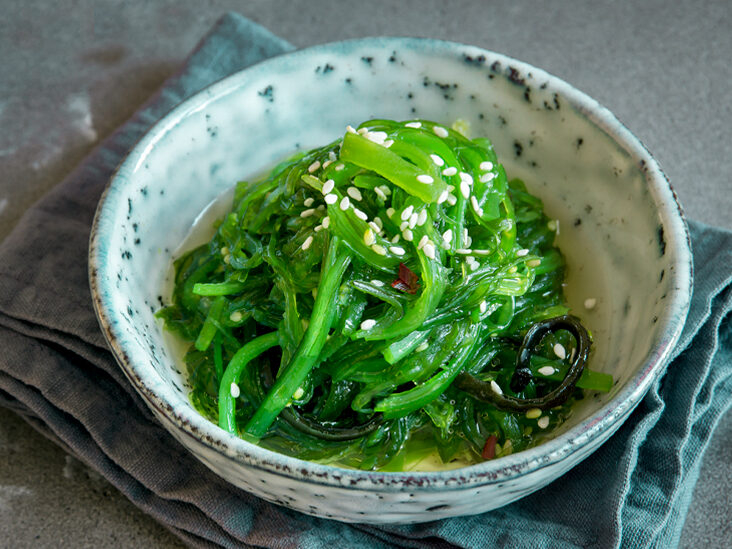
Seaweed 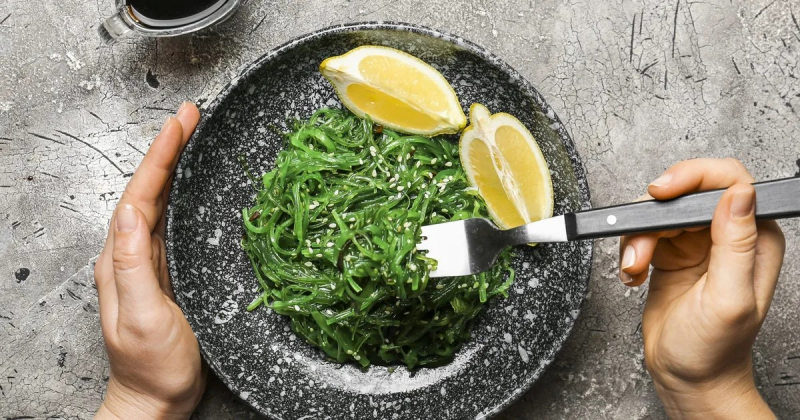
Seaweed -
Some vegetables are high in calcium, particularly bitter ones like cruciferous vegetables and dark leafy greens. For instance, cooked 1/2 cup (70-95 grams, depending on the variety) of spinach, bok choy, turnip, mustard, and collard greens provides 84-142 mg or 8-14% of the RDI. Kale, cabbage, broccoli, Brussels sprouts, okra, and other vegetables high in calcium are also available. Within 3-6% of the RDI are provided by them per cooked 1/2 cup (60–80 grams).
But other amounts of antinutrients such as oxalates can be found in vegetables. In your gut, oxalates may bind to calcium, making it more challenging for your body to absorb. According to studies, your body may only absorb 5% of the calcium present in some vegetables with a high oxalate content. Low- and moderate-oxalate vegetables like turnip greens, broccoli, and kale are considered better sources than higher-oxalate vegetables, such as spinach, beet greens, and Swiss chard. Oxalate levels can be decreased by 30 to 87% with boiling. Interestingly, it seems to be more efficient than steaming or baking.
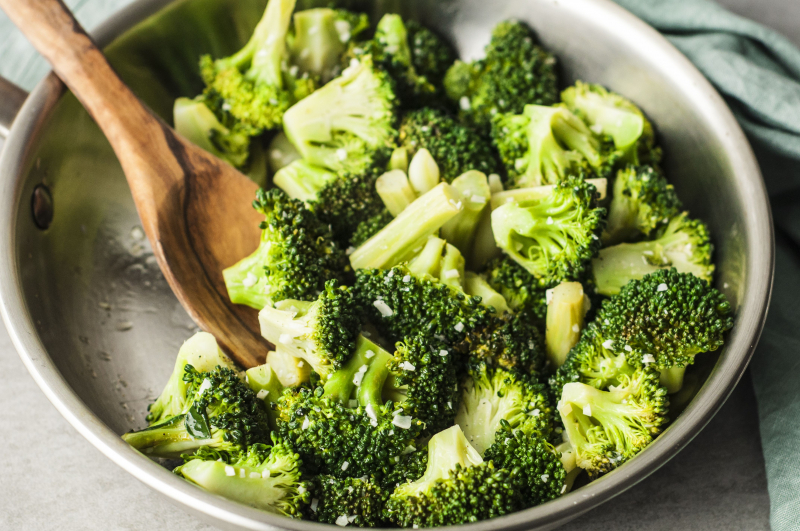
Certain Vegetables and Leafy Greens 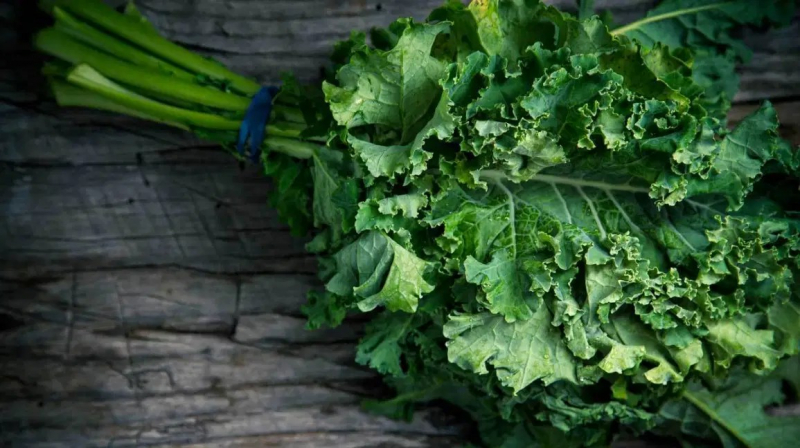
Certain Vegetables and Leafy Greens -
Calcium is present in some fruit species in good quantities. As an example, one raw fig offers 18 mg or about 2% of the RDI. With about 13 mg per fig, dried figs provide slightly less.
Another fruit with a fair amount of calcium is oranges. Depending on the variety, they contain 48–65 mg, or 5–7% of the RDI, per medium-sized fruit. Raspberries, blackberries, and blackcurrants complete this list. Compared to blackberries and raspberries, which have 32-44 mg per cup, blackcurrants have about 65 mg of calcium per cup (110 grams), or about 7% of the RDI (145 grams and 125 grams, respectively). These fruits include plenty of fiber, vitamin C, and other vitamins and minerals in addition to calcium.
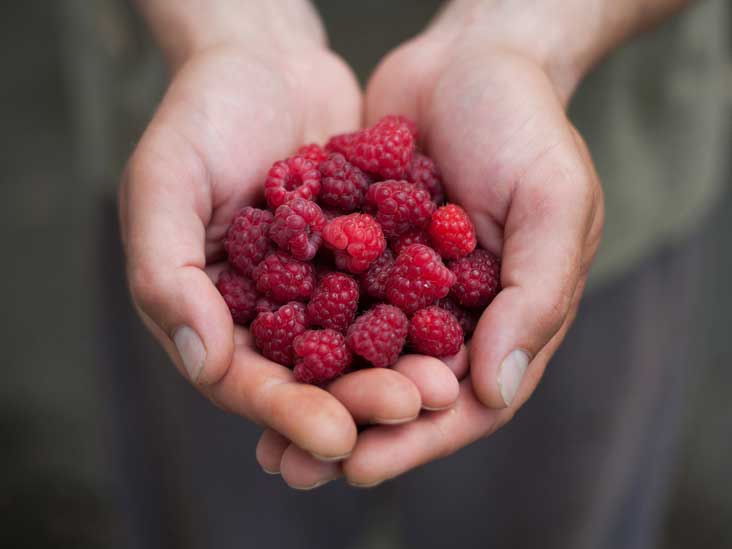
Some Fruit 
Some Fruit -
During the manufacturing process, calcium is added to some foods and beverages. They are a great option to include this mineral in your diet. Plant yogurts and some cereal varieties are examples of foods that have calcium added. This mineral is occasionally added to flour and cornmeal, which explains why some baked foods like tortillas, crackers, and bread contain significant amounts.
Orange juice and other fortified beverages, such as plant milk, can significantly increase the amount of calcium in your diet. For instance, no matter the type, 1 cup (240 ml) of fortified plant milk typically offers 30% of the RDI or 300 mg of highly absorbable calcium. A cup (240 ml) of fortified orange juice, on the other hand, typically provides up to 50% of your daily needs. You should keep in mind that not all plant milks are fortified, so check the label before buying.
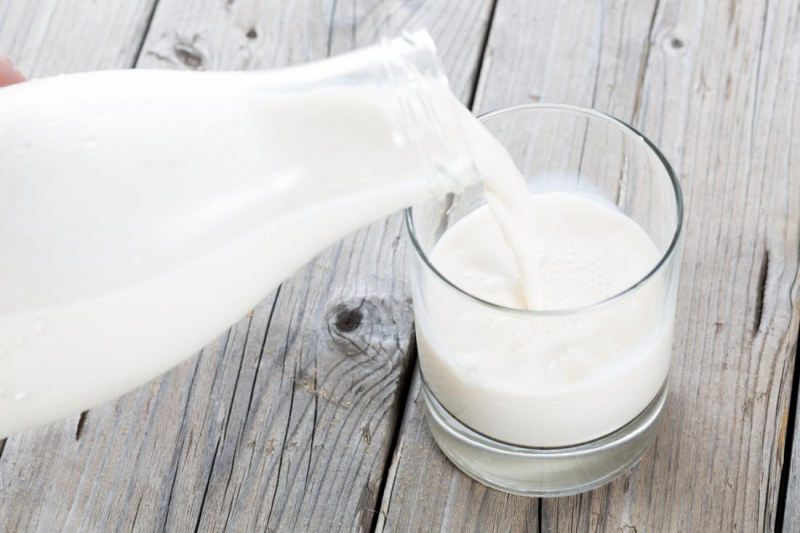
Fortified Foods and Drinks 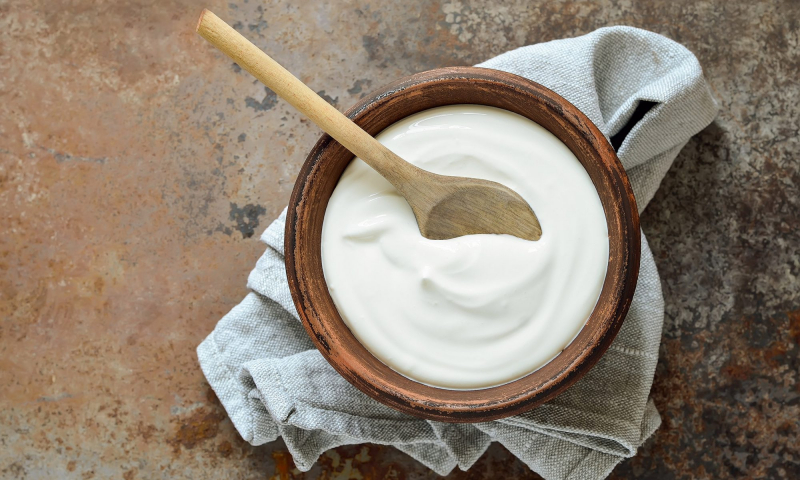
Fortified Foods and Drinks -
Sweet foods might be tasty, but consuming too much-refined sugar can have detrimental long-term effects on one's health. Fortunately, there are a number of sugar substitutes that include crucial nutrients that regular sugar lacks. Along with its rich, tasty flavor, blackstrap molasses in particular has a number of health advantages.
The sweetener blackstrap molasses packs a nutrient punch. It is made with sugar cane that has undergone three boils. It has more vitamins and minerals than sugar, including 179 mg of calcium per tablespoon, or 18% of the RDI (15 ml). Blackstrap molasses contains sufficient nutrients to meet about 5–15% of your daily needs for iron, selenium, vitamin B6, magnesium, and manganese in just 1 tablespoon (15 ml). Despite this, blackstrap molasses still contains a lot of sugar and should only be consumed in moderation.
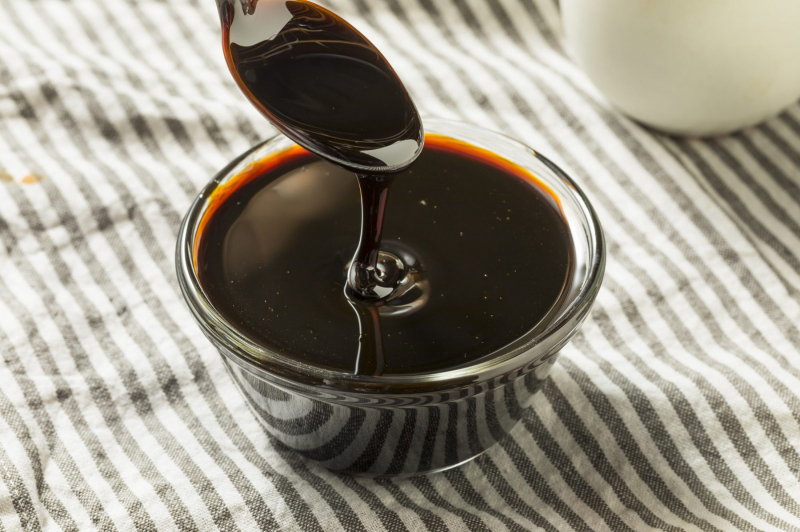
Blackstrap Molasses 
Blackstrap Molasses












